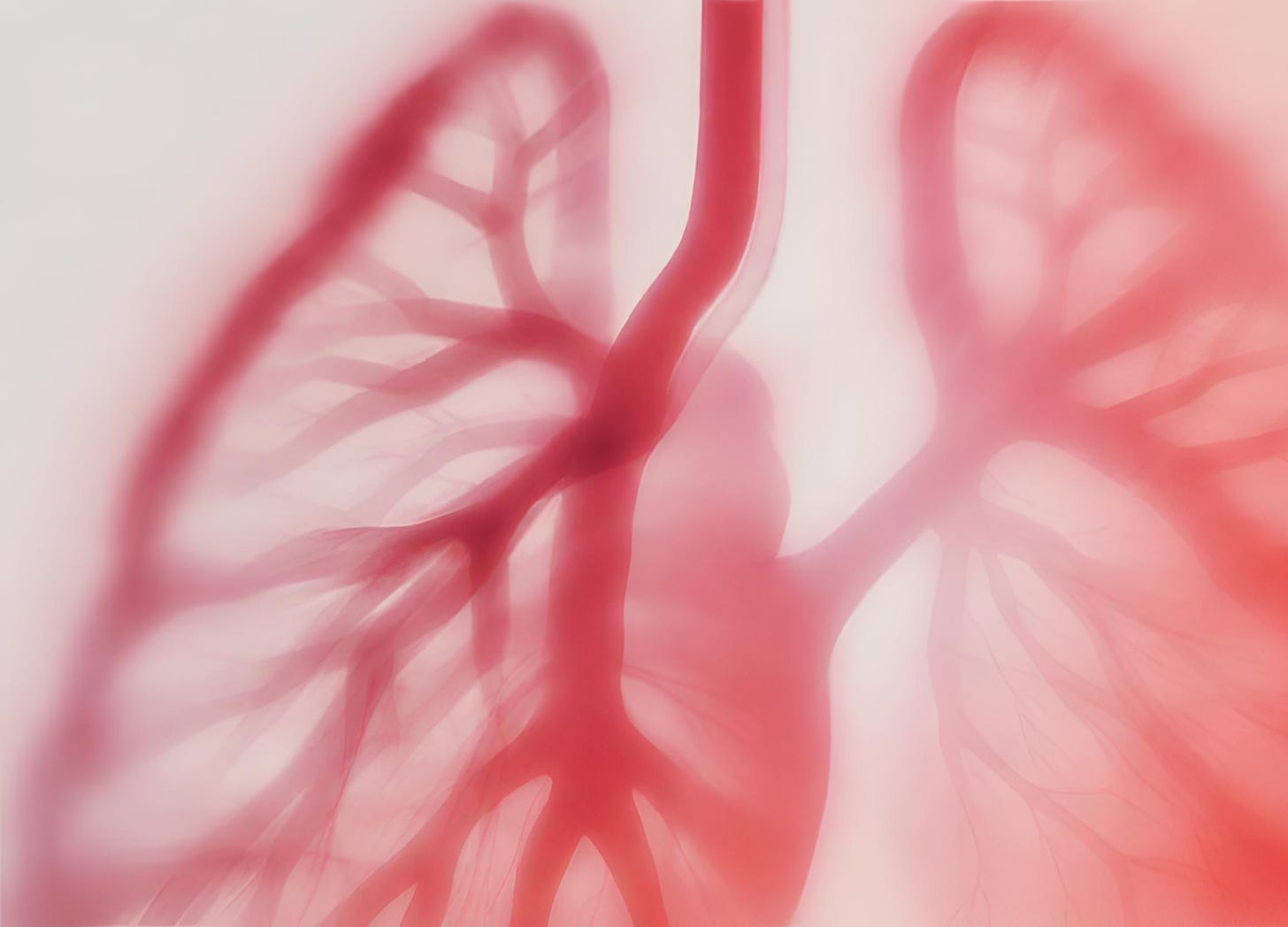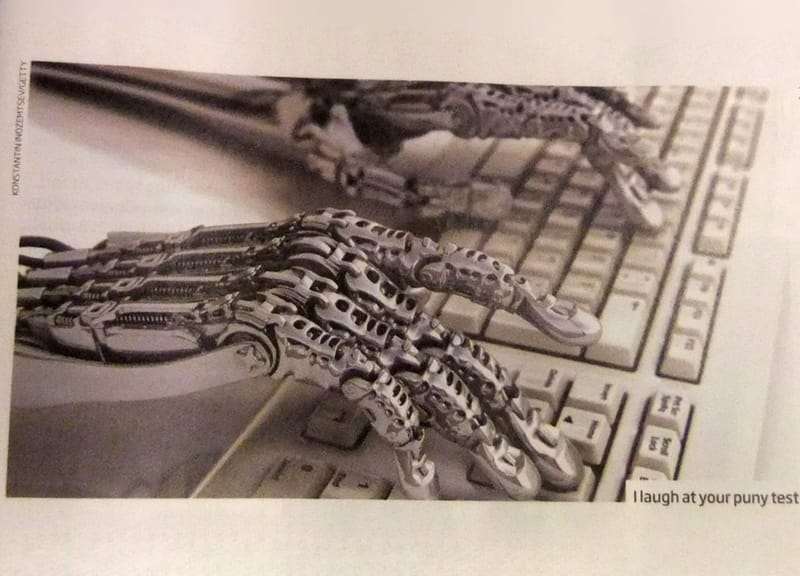The Holy Trinity
Getting a grip on energy, materials and civilisation

I like trying to get to the internal organs of the matter. Not just the heart, but also the brain, the kidneys, the stomach, the lungs, the skeleton. My conversation with Tim Garrett last week did just that, centring the matter of the universe alongside energy and human civilisation. This holy trinity speaks to the bigger picture, the holistic system, the body, mind and soul of reality and of the crisis. Perhaps we should refer to it as the wholy trinity.
Language is one of the ways I get to the heart, finding clues in our linguistics which reveal fundamental truths about the world. Speaking to physicists is another, and it amazes me that those in the know about the laws of the universe are not questioned more often about how to build functioning societies, or maybe what’s wrong with our own. Our economies cannot outsmart the laws of physics, no matter the linguistic tricks we pull (hello Net Zero carbon accounting). To me, physics gets to the skin of the matter, the ultimate boundaries we come up against in this particular universe. Perhaps it also gets to the stomach, for the laws of thermodynamics say a lot about our economic appetite.
Simply: The more energy available to a thing, the more it grows. And, for that thing to maintain itself, it needs an energy surplus because it is constantly expending energy in its search for and consumption of energy. Things grow into their energy surplus, and the more energy available, the more the thing will grow, and the bigger the appetite will become: things grow in order to find more resources in order to maintain themselves.
Humanity uses its energy surplus to transform materials from one thing to another. In physics, this is called a phase shift transformation: it’s making smartphones out of rare earth metals, or turning trees into cabins. This is important, because even if we did find a way to take energy out of the air and create a 100% renewable supply of infinite energy, we would still run up against hard limits to material transformation: the planet is finite. We will run out of rare earth metals or forests or water. We will use them up at a rate they cannot replenish, at least not meaningfully. This is really important to understand. It means that, one day, if we make it through this crises and all the others, humanity is going to have to willfully curb its appetite—or eat everything to death.
Curbing our appetite is hard, but it is possible. Systems decay all the time, energy flowing through a network decreases or is interrupted. True, it’s not the way things tend towards, but it is possible to imagine a thermodynamically sound model of civilisation that figures out its hard limits and then grows and decays within those limits, oscillating like a wave.
Think of our lungs, each in breath and out breath. We are going to have to figure out how to do something like that, how to exhale—decline—in order to then inhale—grow. This is exciting, it’s a phenomenal interdisciplinary challenge which pushes our intellectual reasoning to its limits. It’s the kind of problem we can get our brain into (and iterations of this like Doughnut Economics prove just how popular such ideas are). It may also solve some other issues along the way.
During the episode, Tim mentions the Law of Power. That, throughout the universe, there is an unequal distribution or accumulation of things. In systems, some have more while the many have less. This is simply an indisputable fact of how our universe is organised. However, there’s something of a cheat code which Tim revealed when discussing clouds: high energy clouds (nimbus clouds) have the highest inequality, meaning droplets can range from tiny in size to huge hailstones. However, low energy clouds like a fog have the lowest inequality: the droplets are uniform in size and distribution. This means that it may only be possible to achieve social justice in a low energy civilisation where the surplus is enough to support civilisational health but not so much as to transform the material world into individual wealth. Individual wealth is capped if the means of production are capped either by hard limits to resources or, for example, being publicly owned. Labour and capital are important, but they’re nothing without energy, and energy is not inherently civilisation-building without materials.
“Labour without energy is a corpse and capital without energy is a statue,” says Steve Keen. I’m sure he wouldn’t mind me riffing a little: Labour without energy is a corpse, capital without energy is a statue, and energy without materials is just hot air.
Planet: Critical is 100% independent and community-powered. If you value it, and have the means, become a paid subscriber today!



